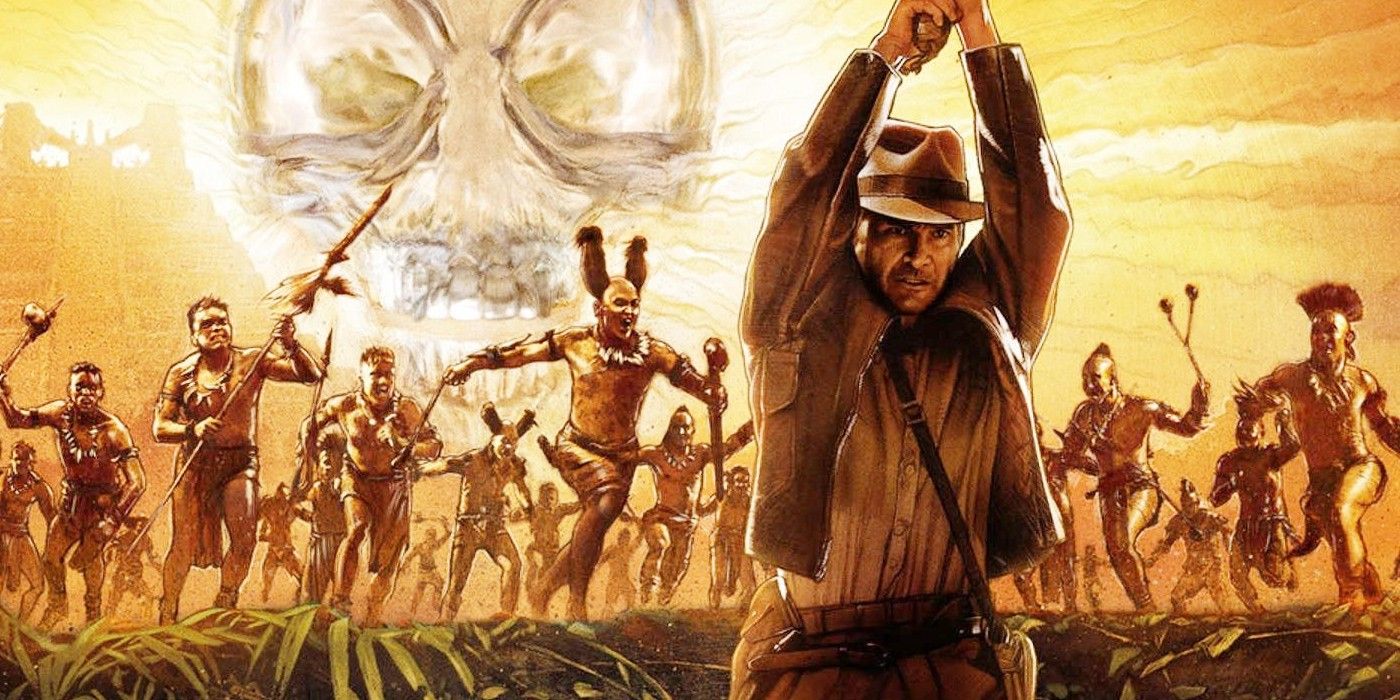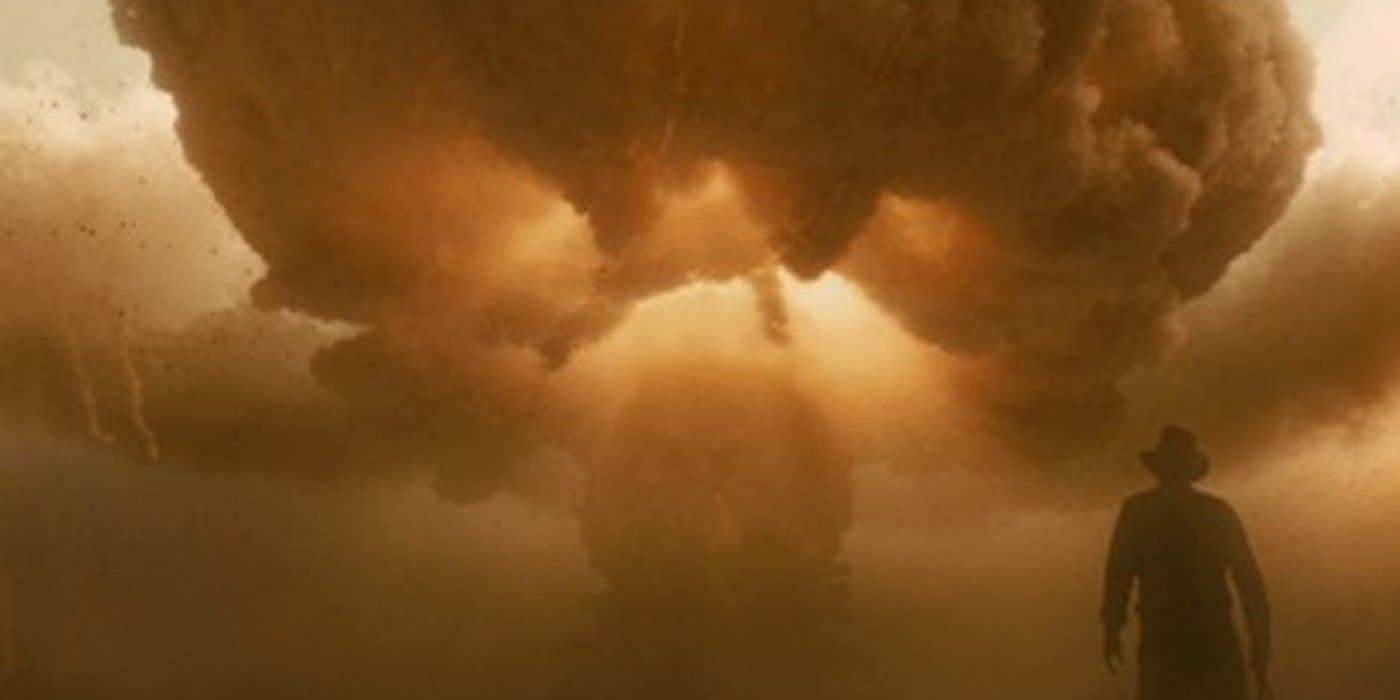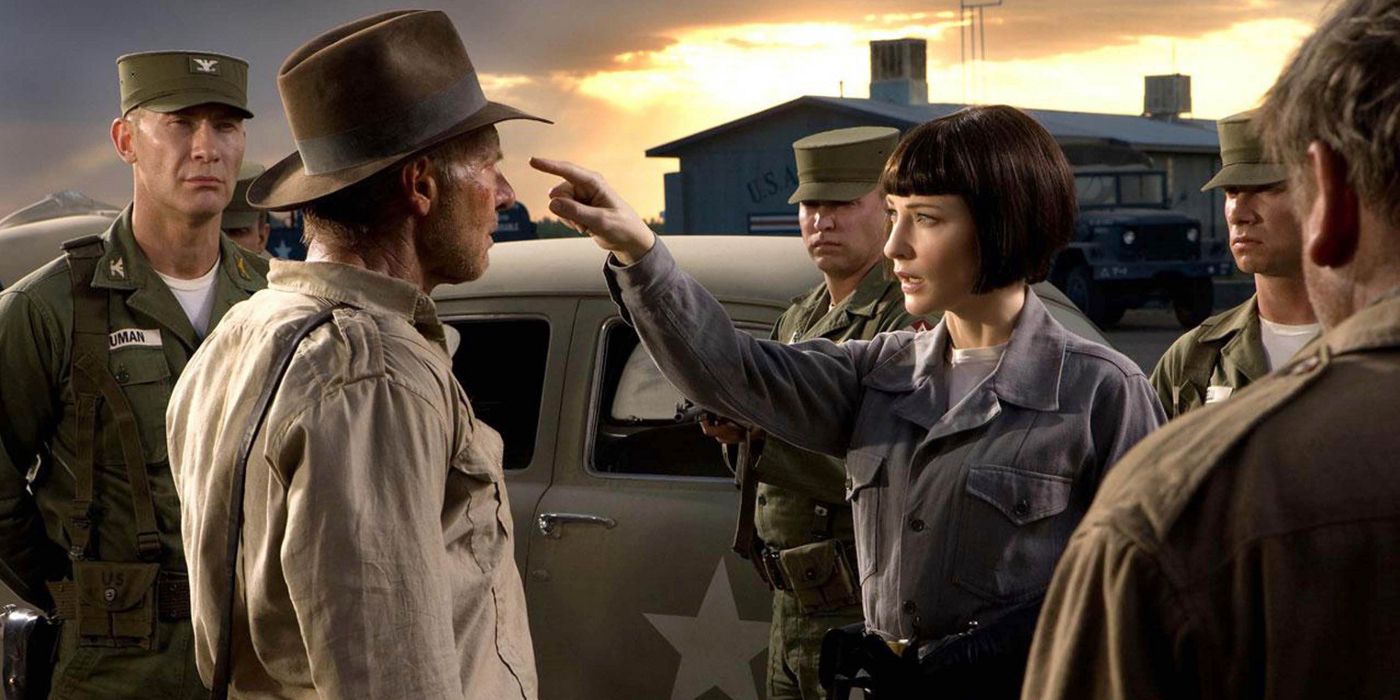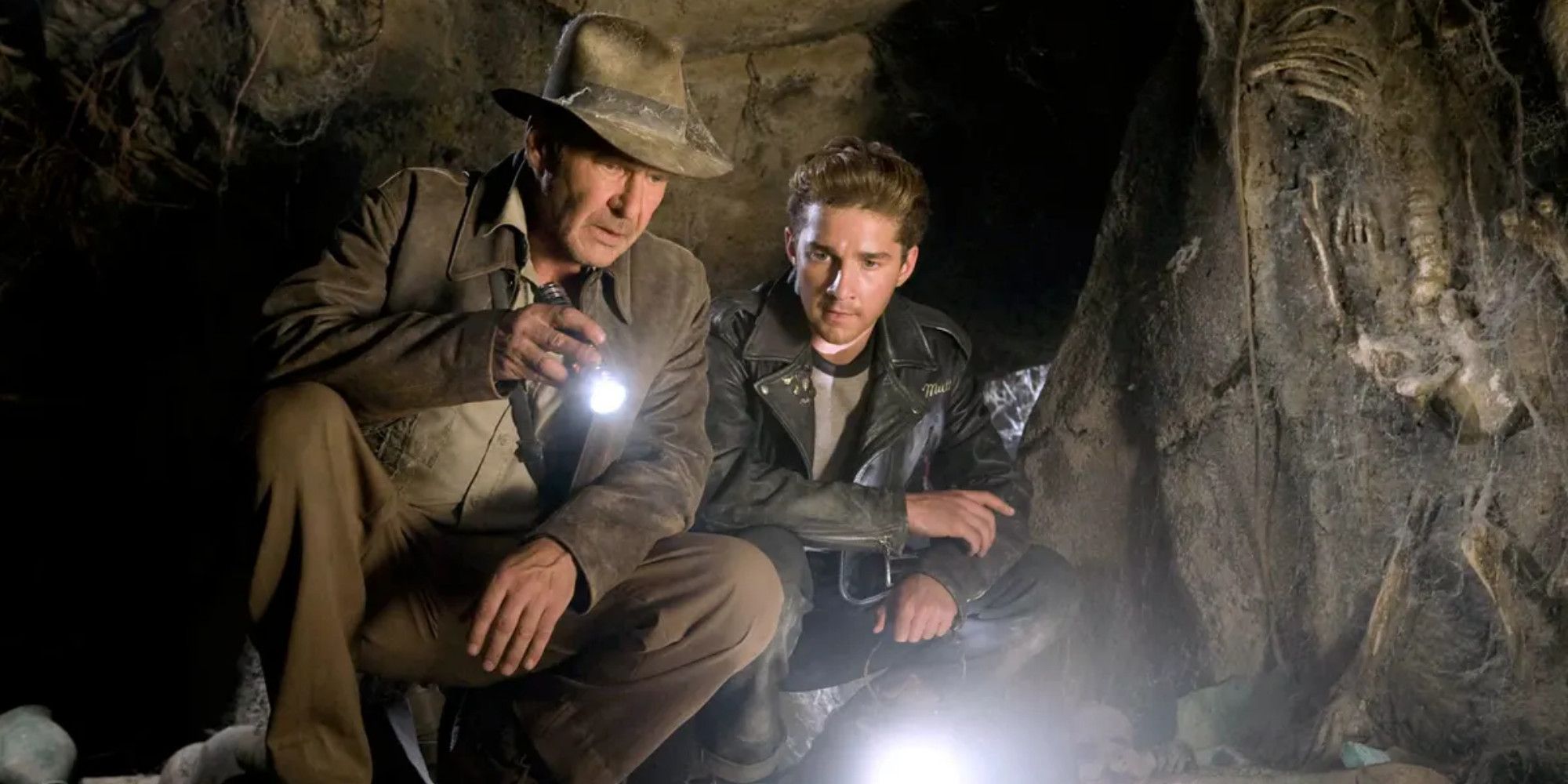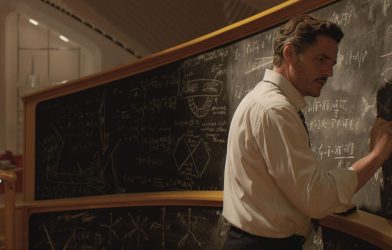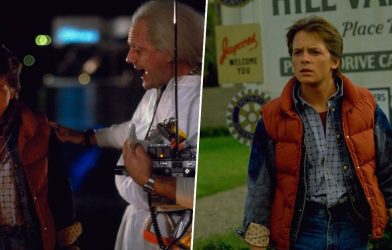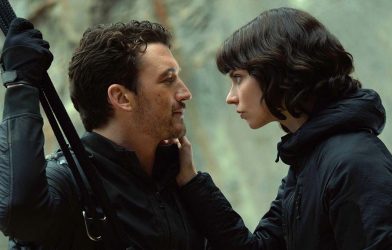Summary
- Indiana Jones and the Kingdom of the Crystal Skull embraces the ideas of the 50s atomic age.
- Kingdom of the Crystal Skull’s topics captured ideas prevalent in the 1950s from the Cold War to aliens.
- Kingdom of the Crystal Skull’s Mutt Williams shows the potential of a new type of Indiana Jones.
Indiana Jones and the Kingdom of the Crystal Skull is often viewed as the black sheep of the franchise due to its departure from the familiar formula. The change in setting, introduction of new characters, and heavy reliance on computer-generated effects (CGI) instead of real location shooting deviated from what fans cherished in the original Indiana Jones Trilogy. However, in a similar fashion to how the first three films drew inspiration from 1930s adventure serials, the fourth Indiana Jones film embraced B-movies from a different era.
The original Indiana Jones films, all released in the 1980s, followed the titular archaeologist, portrayed by Harrison Ford, on his globetrotting adventures in pursuit of artifacts while battling Nazis and engaging with a shifting cast of leading ladies. These movies were swashbuckling adventures deeply rooted in the 1930s serials that George Lucas and Steven Spielberg cherished from their own childhoods. Fast forward two decades, and Kingdom of the Crystal Skull had to shift the franchise’s timeline from the 1930s to the 1950s to account for the aging of its star. This change in the temporal backdrop naturally led to a shift in inspiration. By the 1950s, swashbuckling adventures were no longer in vogue, with science fiction films dominated by thinly veiled Cold War allegories becoming the preferred choice for popular popcorn B-movies. While Kingdom of the Crystal Skull may not meet everyone’s expectations in terms of quality, the film’s creative choices start to make more sense when considering the era that inspired them.

Why Indiana Jones And The Last Crusade’s Father/Son Arc Was The Franchise’s Strongest Story
The father/son story between Indiana Jones and Henry Jones Sr. was the highlight of The Last Crusade, and arguably the franchise’s strongest story.
In the 50s, Classic Adventuring Was Out, and the Atomic Age Was In
The term “nuking the fridge” has become synonymous with Kingdom of the Crystal Skull. The scene where Indy finds himself in the middle of a nuclear test site and miraculously saves himself by hiding in a lead-lined refrigerator is widely regarded as a step too far in terms of audience suspension of disbelief, and it took many viewers out of the film entirely. The claim is a matter of personal opinion, but the scene does symbolize Indy’s transition into the nuclear age. With the emergence of nuclear technology in the late 1940s, people became excited about its potential for the future. 1950s American sci-fi films were fixated on the atom’s ability to revolutionize technology while downplaying its devastating consequences. Kingdom of the Crystal Skull doesn’t champion the atomic age, but having its aging archaeologist survive a nuclear blast demonstrates his ability to endure the violent shift into a new era, still relying on his wits, skills, improvisation, and a touch of luck to escape danger.
Kingdom of the Crystal Skull couldn’t truly be a 1950s B-movie without the inclusion of aliens (or extra-dimensional travelers), according to the movie’s protagonist, Harold Oxley (Sir John Hurt). Alongside the fascination with the atomic age, another prevalent theme in science fiction at the time was the idea of invaders from another world, often serving as metaphors for the Soviet Union. Kingdom of the Crystal Skull establishes this connection early on by setting its opening sequence at Area 51 and coming full circle by concluding with aliens departing in a flying saucer. All the Indiana Jones films culminate by leaning into the fantastical; in the 1930s, this takes the form of the supernatural, while in the 1950s, the extraterrestrial is far more fitting.
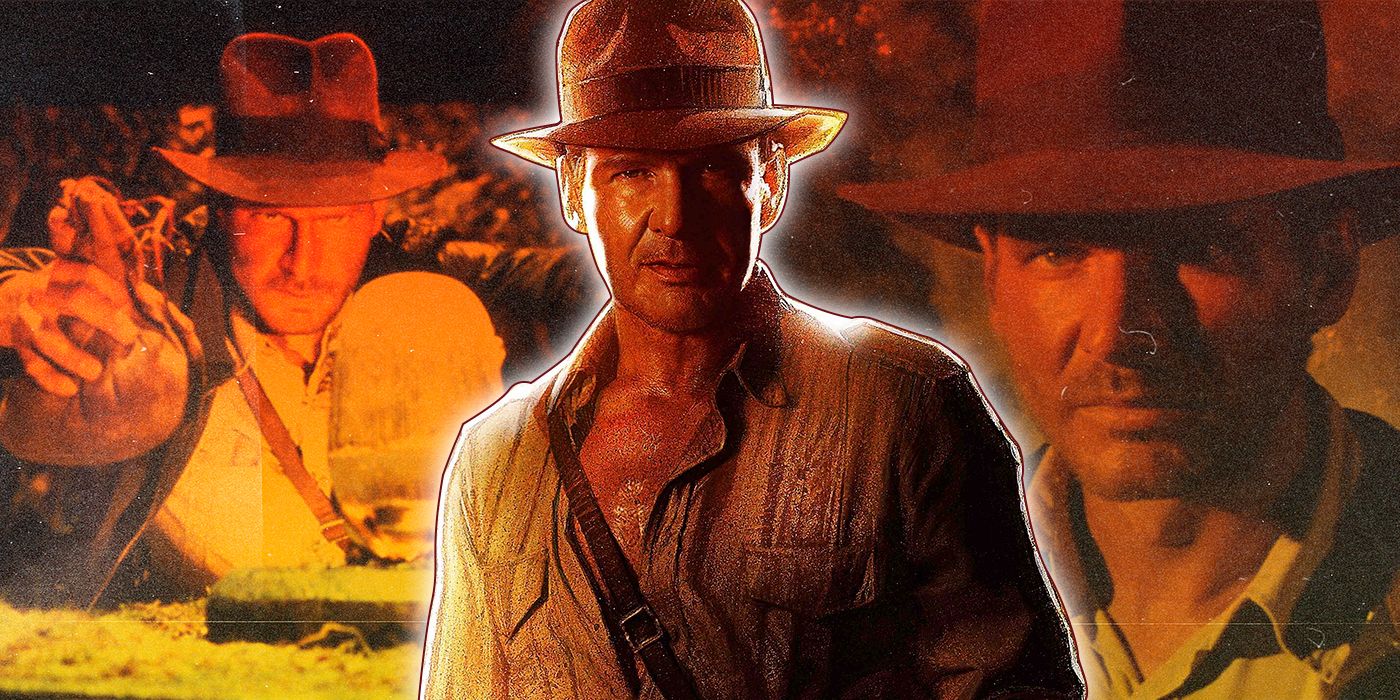
Why Indiana Jones’ Iconic Opening Still Holds Up
The image of Indiana Jones running from a large boulder will always be the most emblematic of the franchise, here’s how they pulled it off.
Indiana Jones and the Kingdom of the Crystal Skull Plays on Cold War Paranoia
There’s something inherently satisfying about watching Indiana Jones punch Nazis, even though he only does it in two out of the three films in the original trilogy. The shift from Nazis to Soviets as the antagonists in Kingdom of the Crystal Skull may have felt a bit odd, but it wasn’t just an aesthetic change for the villains; it fundamentally altered the film’s plot. In Raiders of the Lost Ark and Indiana Jones and theLast Crusade, the more beloved entries in the original trilogy, Indy races against the Nazis to acquire a supernatural artifact that would grant them unstoppable power. However, in Kingdom of the Crystal Skull, the objective is to return the artifact, not steal it, and the reward is knowledge rather than a destructive weapon. The Cold War was a conflict centered on information, making this new goal align well with the era’s themes.
Another common trope in 1950s American sci-fi was the constant fear of Soviet mind control. Kingdom of the Crystal Skull’s villain, Irina Spalko (Cate Blanchett), embodies this most when she tries to use the skull to pierce Indy’s mind. In the scene, she discusses using the skull’s power to implant Soviet thoughts into the minds of American leaders. Although the scene may seem somewhat out of place, with Indy appearing unaffected after staring into the skull’s eyes, it taps into the paranoia surrounding Soviet mind infiltration that was a prominent theme in 1950s media.
A different form of infiltration is exemplified by Indy’s friend, Mac (Ray Winstone). He initially betrays Indy to the Soviets but later assists him in escaping, only to reveal that he was leaving breadcrumbs to lead them to the skull’s location. This concept plays on the pervasive fear of betrayal during the Second Red Scare in the 1950s. People felt uncertain about whom they could trust, fearing that anyone could turn against them at any moment. Mac claims to be a capitalist, working for whichever side can give him the most money. This could be showing the harmfulness of greed or a jab by the filmmakers at the nonsensical ideological absolutism that filled popular 50s media.
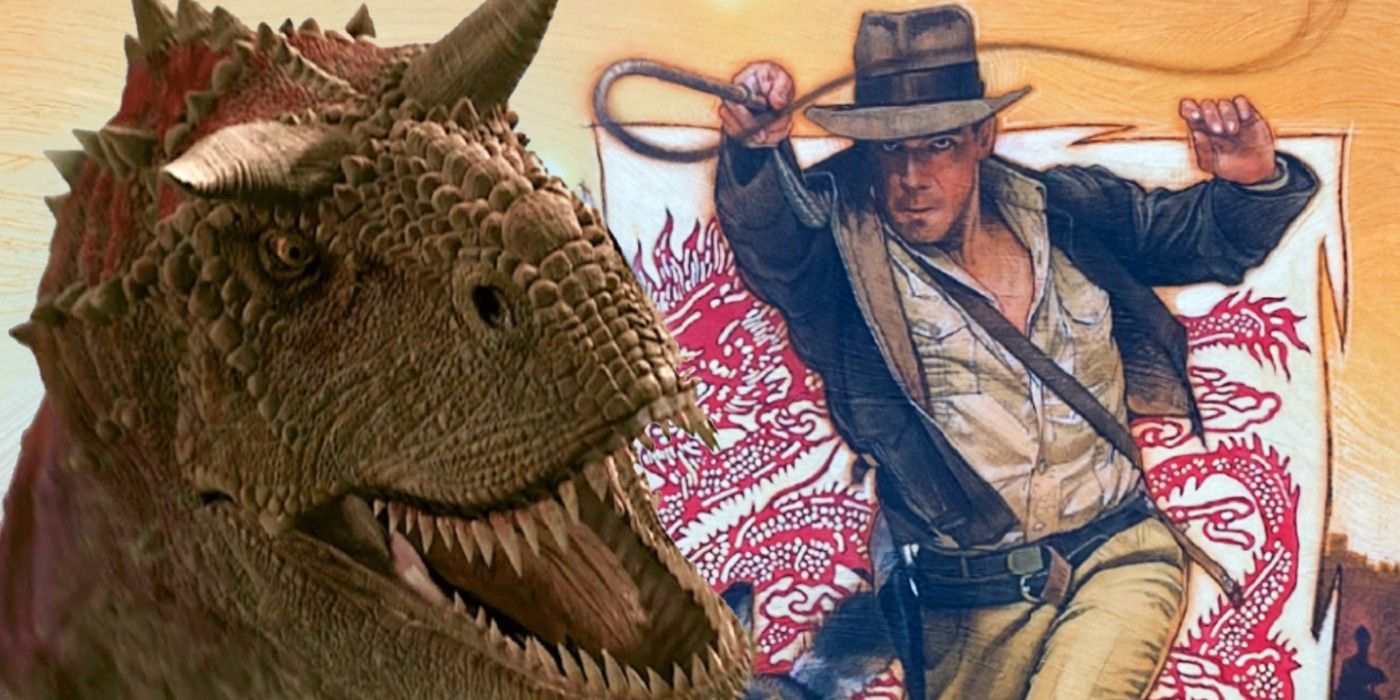
Disney Has the Perfect Solution to the Indiana Jones/Dinosaur Controversy
As the fates of Indiana Jones and Dinosaur hang in the balance, it could continue a controversial Disney trend with a loss of something greater.
Mutt Williams Was the 50s Equivalent of Indiana Jones
Mutt Williams (Shia LaBeouf), Indy’s estranged son, was another polarizing aspect of Kingdom of the Crystal Skull. With hindsight, it’s easy to say that LaBeouf was miscast as Hollywood’s next leading man during the late 2000s. However, the character of Mutt Williams offers an intriguing take on what an Indiana Jones-like figure would be like in a different era. With no father figure to guide him, Mutt is forced to find his influence elsewhere.
Mutt fashions himself after 1950s icons like James Dean and Marlon Brando, with his appearance drawing inspiration from Dean’s character in Rebel Without a Cause. These are the same inspirations that influenced another Harrison Ford character, Han Solo. However, unlike his inspirations, Mutt isn’t a natural bruiser. He adopts a tough exterior because he believes it’s the way to prove himself in the eyes of others, but Indy sees right through this façade during their first meeting.
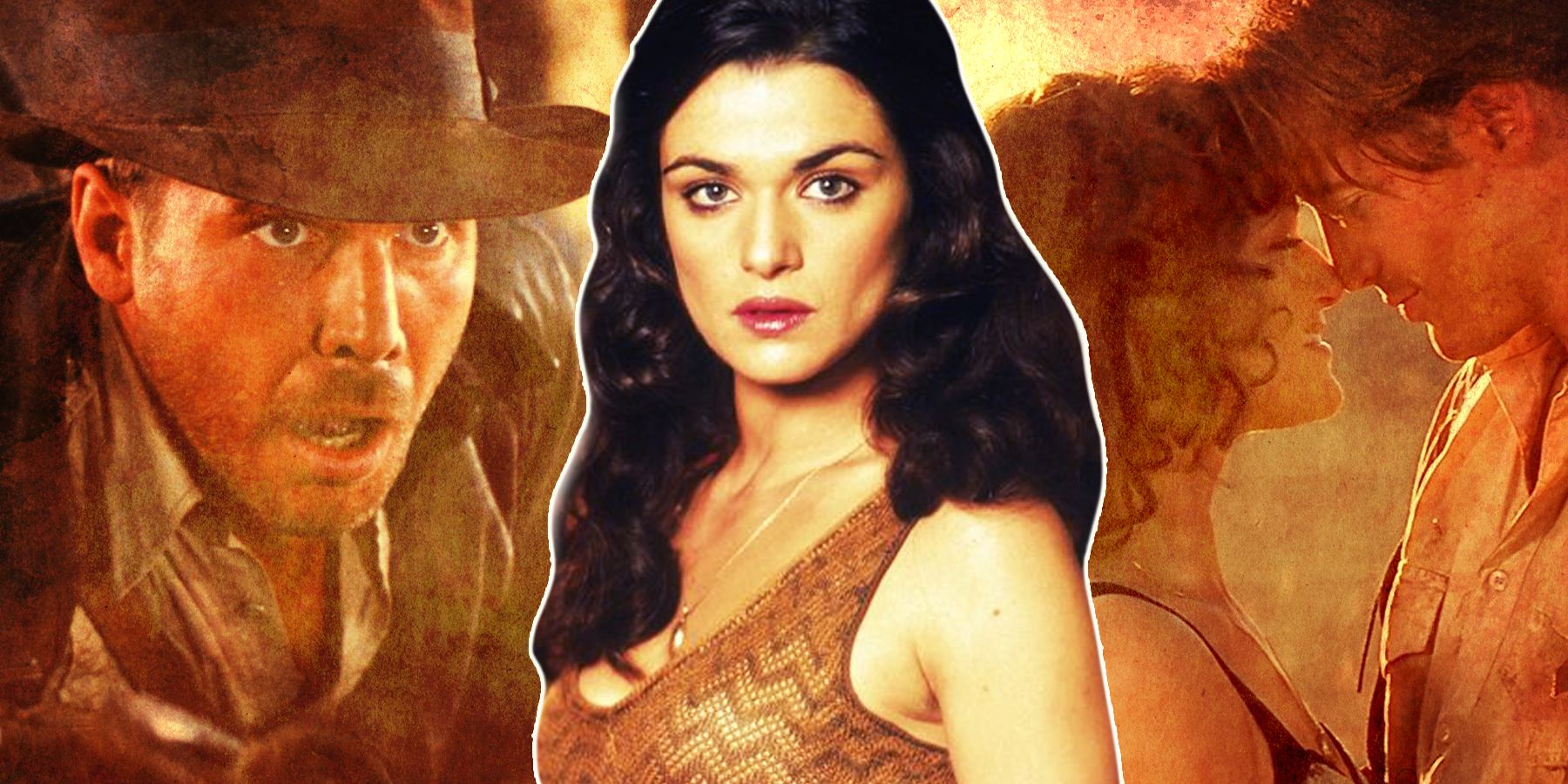
The Mummy Is Better Than Indiana Jones in One Major Way
Though both Indiana Jones and The Mummy are brilliant films in their own right, there’s one aspect where The Mummy is far better than its predecessor.
This dynamic is reminiscent of the young Indiana Jones (River Phoenix) seen in the opening sequence of Last Crusade. Like Mutt, he is a young boy without a father figure, attempting to act confident but having his act seen through immediately. Both characters choose aspirational figures for guidance, with the young Indiana taking a fedora instead of slicked-back hair. They even both chose the name of a dog — Indiana and Mutt — over their given names from their family.
Mutt may try the audience’s patience from time to time, but the attempt to depict him as a 1950s manifestation of his father is evident. This same approach can be applied to Indiana Jones and the Kingdom of the Crystal Skull as a whole, which strives to bring the Indiana Jones character into a new era by embracing the tropes of that time. While it may fall short in execution, understanding its influences doesn’t alter the film’s quality but provides insight into its roots. Looking at it this way, it becomes clear that Kingdom of the Crystal Skull is a less radical departure from the series’ foundations than many initially thought.

